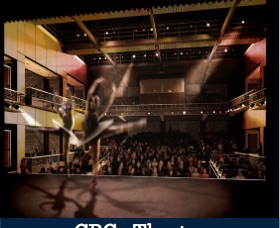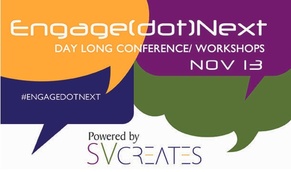
Sounds great.
But the history of performing arts venues in Santa Clara is that they're controlled by entities with their own agendas -- agendas that aren't performing arts: Parks & Rec Dept (Mello Theater at the CRC), Wilcox high school (the "Mission City Center for the Performing Arts"), the Senior Center auditorium, Oracle (Agnews Auditorium), the Convention Center (Betty Hangs Theater).
For example, a few years ago two San Jose State tenors requested to give a free concert at the SC Senior Center. They got a rate sheet and were told they would have to pay for the venue as non-residents. These young men were offering a the gift of a free concert to part of our community that has least access to professional performances -- whether because of limited mobility, budgets or transportation. But the Senior Center made it clear that it had zero interest in bringing this to the community.
Local performing arts organizations and artists -- outside schools or the Junior Theater -- aren't included in the planning, writing the use contracts and agreements, and and public oversight of these public assest. And they haven't been included in the planning for this current proposal, which started in 2013.
Why? Quite simply because the performing arts "community" doesn't fill City Hall with advocates in matching tee shirts when these subjects are discussed.
Tonight's Council meeting is packed to overflowing with Santa Clara Swim Club supporters to advocate for restoring Santa Clara to its former fame as a world-class aquatic center, one that gave Santa Clara the title of U.S. #1 swim city this year.
That's why the city is talking about a $184 million swim complex - not a $100 million or a $10 million performing arts center, or even a $1 million community theater. The city budgets $12,000 for the Miss Santa Clara pageant, but less than half that for the legacy of community fine arts icon Roberta Jones, the Santa Clara Players.
How can you make your priorities known? One way is showing up to Council meetings. This Council's definition of public sentiment is the people who come to Council meetings and speak, do so week after week, and display the kind of solidarity that draws TV cameras and gives Council Members opportunities to enjoy some media visibility. Yes, it does all come down to politics.
The second part is an ongoing effort to build partnerships with organizations that share the desire for a community with a vibrant local community life. But to do that, we have to show that we bring something to the table.
The good news is it's not a hard sell. People of good intentions always welcome the invitation, "Let's explore how we can work together."

 RSS Feed
RSS Feed
